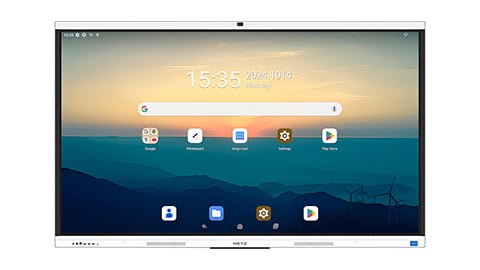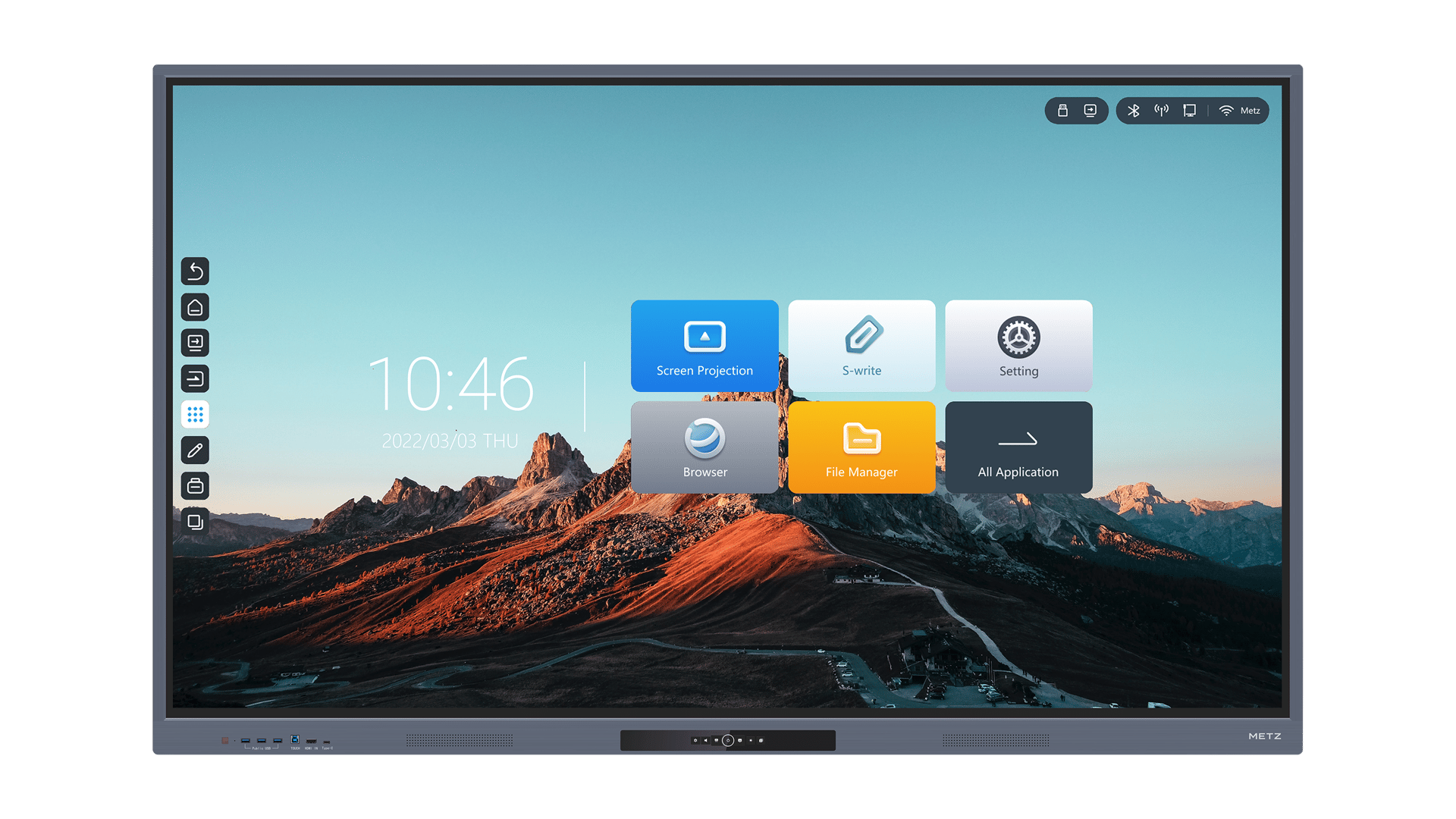Introduction
Welcome to the ultimate guide to smartboard screens! In today's digital age, interactive technology has revolutionized the way we teach and learn. Smartboard screens are an essential tool in classrooms, boardrooms, and various other settings. In this article, we will explore the different aspects of smartboard screens, including their features, benefits, applications, and more. So, let's dive in and uncover the wonders of smartboard screens!
1. What is a Smartboard Screen?
A smartboard screen, also known as an interactive whiteboard, is a touch-sensitive display panel that allows users to interact with digital content in an engaging and interactive manner. These screens are typically connected to a computer or other devices, enabling users to control and manipulate the displayed content using their fingers or a stylus pen.
2. Features and Functionality
Smartboard screens come packed with a wide range of features and functionalities that enhance collaboration, creativity, and learning experiences. Some common features include:
- Multi-touch capabilities: Smartboard screens support multiple touch points, allowing multiple users to interact simultaneously.
- Interactive pen: Users can write, draw, and annotate directly on the screen using a stylus pen.
- Gesture recognition: Smartboard screens can recognize various gestures, such as pinch-to-zoom and swipe, for easy navigation and manipulation of content.
- Integration with other devices: Smartboard screens seamlessly integrate with computers, tablets, and other devices, enabling effortless content sharing and collaboration.
- Screen recording: Some smartboard screens offer the ability to record and save your presentations or lessons for future reference.
3. Benefits of Smartboard Screens
Using smartboard screens offers numerous benefits for both educators and presenters. Let's explore some of the key advantages:
- Enhanced engagement: Smartboard screens create an interactive and immersive learning environment, captivating the audience and enhancing engagement.
- Improved collaboration: With multi-touch capabilities and content sharing features, smartboard screens facilitate collaboration and teamwork.
- Visual and kinesthetic learning: Smartboard screens combine visual and hands-on learning experiences, catering to different learning styles.
- Easy content creation: Users can easily create and customize content on smartboard screens, making lessons and presentations more dynamic and interactive.
- Access to multimedia resources: Smartboard screens provide access to a vast array of multimedia resources, including videos, images, and interactive applications, enriching the learning experience.
4. Applications of Smartboard Screens
The versatility of smartboard screens allows them to be used in various fields and settings. Here are a few examples:
- Educational institutions: Smartboard screens are widely used in schools, colleges, and universities to facilitate interactive and engaging teaching methods.
- Business presentations: Smartboard screens enhance business presentations by allowing presenters to showcase data, graphs, and multimedia content in a visually appealing manner.
- Training sessions: Smartboard screens are ideal for conducting training sessions, as they enable trainers to interact with participants and provide hands-on learning experiences.
- Collaborative workspaces: In collaborative work environments, smartboard screens promote teamwork and creativity by providing a platform for brainstorming, idea sharing, and project management.
5. Best Practices for Using Smartboard Screens
To make the most of your smartboard screen, here are some best practices to keep in mind:
- Plan your content: Prepare your content in advance and organize it in a logical and structured manner to ensure a smooth flow.
- Engage with your audience: Encourage active participation from your audience by incorporating interactive activities and allowing them to interact with the smartboard screen.
- Utilize multimedia resources: Take advantage of the vast range of multimedia resources available to make your lessons or presentations more engaging and visually appealing.
- Practice and familiarize: Spend some time familiarizing yourself with the features and functionalities of your smartboard screen to ensure a seamless presentation or teaching experience.
6. Choosing the Right Smartboard Screen
When selecting a smartboard screen, consider the following factors:
- Screen size: Determine the appropriate screen size based on the viewing distance and the size of the room.
- Connectivity options: Ensure that the smartboard screen has the necessary connectivity options to integrate with your existing devices.
- Resolution and image quality: Look for a high-resolution screen with excellent image quality to deliver crisp and clear visuals.
- Support and warranty: Check for manufacturer support and warranty options to address any technical issues that may arise.
7. Maintenance and Care
To prolong the lifespan of your smartboard screen and ensure optimal performance, follow these maintenance and care tips:
- Regularly clean the screen using a soft, lint-free cloth to remove dust and fingerprints.
- Avoid using sharp or abrasive objects on the screen to prevent scratches.
- Protect the screen from excessive heat, direct sunlight, and moisture.
- Update the software and firmware of your smartboard screen regularly to benefit from the latest features and bug fixes.
8. The Future of Smartboard Screens
As technology continues to advance, so does the future of smartboard screens. Some exciting developments on the horizon include:
- Artificial intelligence integration: Smartboard screens may incorporate AI technology to provide personalized learning experiences based on individual needs and preferences.
- Augmented reality and virtual reality support: Smartboard screens could integrate AR and VR capabilities, allowing users to immerse themselves in virtual environments.
- Cloud-based collaboration: Cloud-based platforms may enable seamless collaboration and content sharing across different smartboard screens and devices, regardless of location.
9. Conclusion
Smartboard screens have revolutionized the way we teach, present, and collaborate. Their interactive nature, coupled with a wide range of features, benefits, and applications, makes them an invaluable tool in various settings. By embracing smartboard screens, educators, trainers, and presenters can create engaging and dynamic learning experiences that foster collaboration, creativity, and knowledge retention. So, go ahead and explore the wonders of smartboard screens!
10. SEO Keywords
smartboard screen, interactive whiteboard, touch-sensitive display, multi-touch capabilities, interactive pen, gesture recognition, collaboration, visual learning, kinesthetic learning, multimedia resources, education, business presentations, training sessions, collaborative workspaces, best practices, choosing the right smartboard screen, maintenance and care, future of smartboard screens






